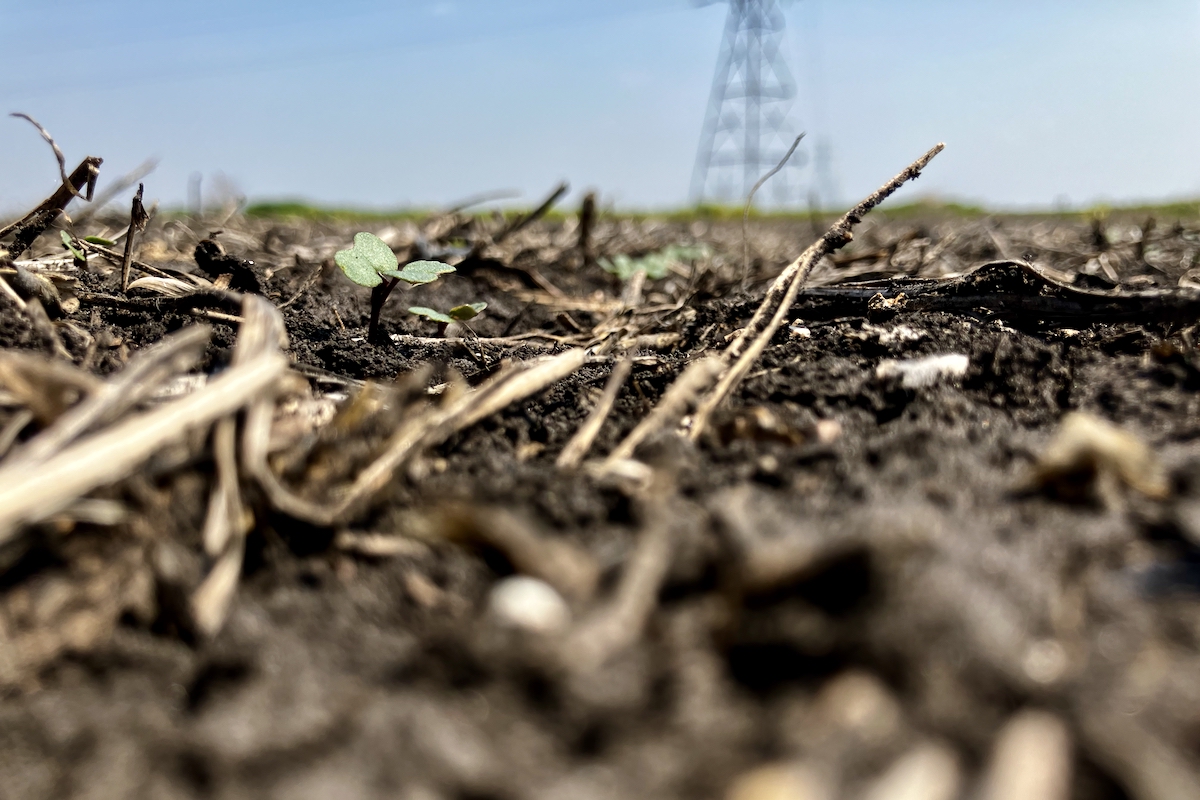A coalition of Saskatchewan farm groups is renewing its call for a full costing review of rail services in Canada.
The Agricultural Producers of Saskatchewan, the Saskatchewan Barley Commission, the Saskatchewan Wheat Commission and Saskatchewan Pulse Growers Association issued a joint news release March 10 calling on Ottawa to conduct a complete examination of “railway costs and efficiency gains” as part of its current review of the Canada Transportation Act.
The four groups released a report on March 10 suggesting that the amount of money earned by railways for hauling prairie grain is hundreds of millions of dollars above levels that were previously deemed acceptable by the Canadian Transportation Agency (CTA).
Read Also

Crop input costs to rise in 2026: FCC
Crop input costs are expected to rise in 2026, while crop prices are expected to come down, according to Farm Credit Canada’s analysis.
Citing previous rail costing reviews and CTA rulings, the report says railway earnings should be limited to 20 percent above the railways’ variable costs.
By that measure, the railways in the 2013-14 crop year alone exceeded acceptable earnings from grain by about $322 million, or roughly $8.36 per tonne.
“What these numbers mean is that grain producers are being overcharged,” said APAS president Norm Hall.
“As grain producers, rail service and cost directly impact our ability to compete internationally.”
Cam Goff, chairman of the Saskatchewan Barley Commission, said current regulations that limit the amount of revenue railways can generate from grain need to be adjusted to reflect the new environment in which railways operate.
He said the railway revenue cap or maximum revenue entitlement (MRE) that limits the railways’ per tonne revenue is good in theory and should be retained unless another, more effective mechanism is put in place.
But the formula used to calculate the MRE may no longer be relevant given changes in the industry, he added.
Efficiency gains realized by the railways over the past 10 years have reduced variable costs at CN and CP but freight rates have not been adjusted accordingly, Goff said.
As a result, railways are retaining more profits from each tonne of grain they move, in spite of the revenue caps.
“The excess revenue earned from grain movement is a direct result of productivity gains being fully captured by railways,” Goff and other farm leaders said in a joint statement.
“Railway costs have not been fully reviewed since 1992. Since then, elevator consolidation, siding closures and the trend toward multi-car blocks have created efficiencies that would, under effective competition, translate into lower costs for producers.”
Neither CN nor CP were immediately available for comment.















